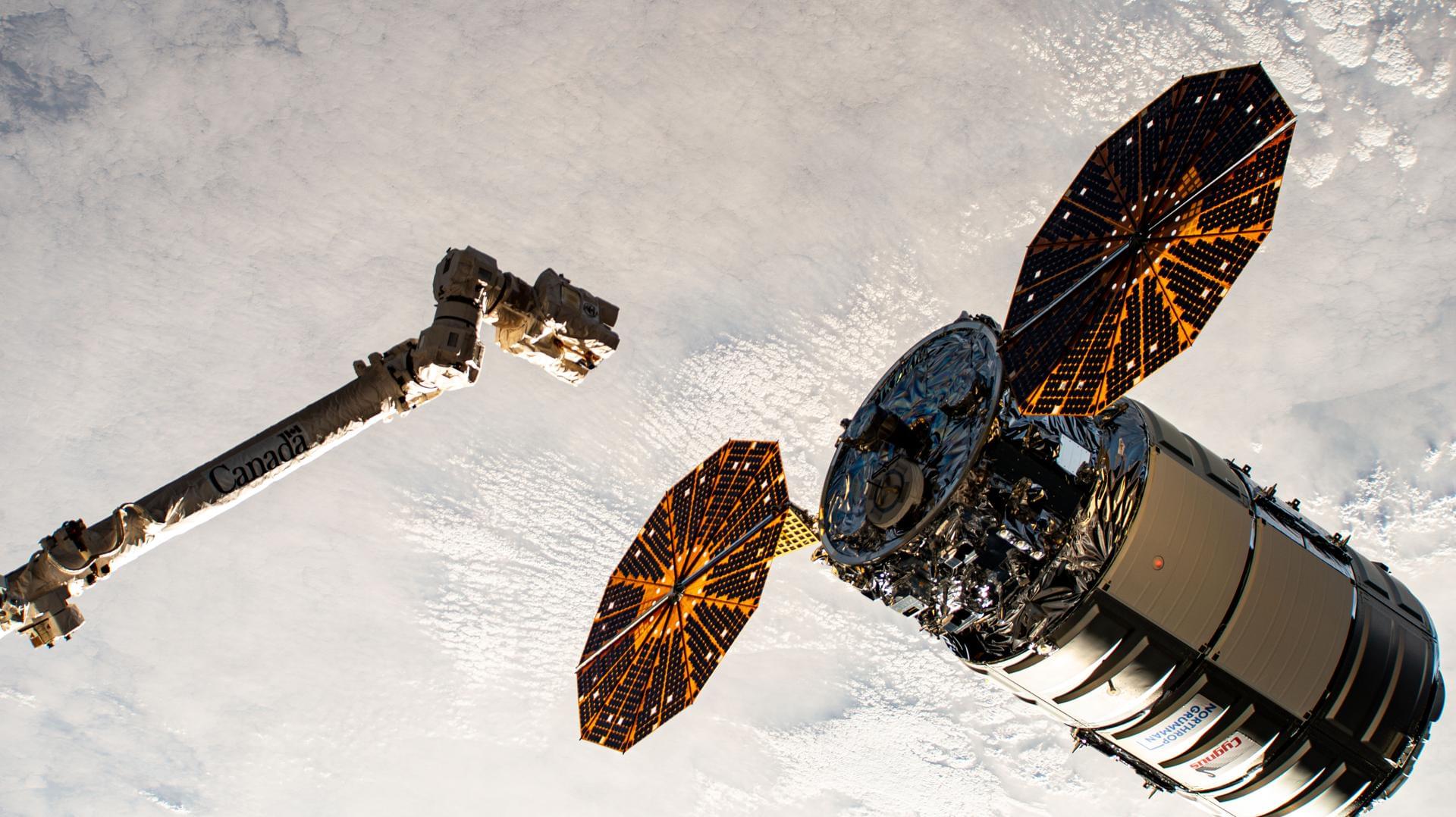Climate change, changing migration patterns, and our agriculture system have created a perfect environment for fungal pathogens to thrive.



An analog optical computer that combines analog electronics, three-dimensional optics, and an iterative architecture accelerates artificial intelligence inference and combinatorial optimization in a single platform, paving a promising path for faster and sustainable computing.

Artificial intelligence is now part of our daily lives, with the subsequent pressing need for larger, more complex models. However, the demand for ever-increasing power and computing capacity is rising faster than the performance traditional computers can provide.
To overcome these limitations, research is moving towards innovative technologies such as physical neural networks, analog circuits that directly exploit the laws of physics (properties of light beams, quantum phenomena) to process information. Their potential is at the heart of the study published in the journal Nature. It is the outcome of collaboration between several international institutes, including the Politecnico di Milano, the École Polytechnique Fédérale in Lausanne, Stanford University, the University of Cambridge, and the Max Planck Institute.
The article entitled “Training of Physical Neural Networks” discusses the steps of research on training physical neural networks, carried out with the collaboration of Francesco Morichetti, professor at DEIB—Department of Electronics, Information and Bioengineering, and head of the university’s Photonic Devices Lab.

From health monitors and smartwatches to foldable phones and portable solar panels, demand for flexible electronics is growing rapidly. But the durability of those devices—their ability to stand up to thousands of folds, flexes and rolls—is a significant concern.
New research by engineers from Brown University has revealed surprising details about how cracks form in multilayer flexible electronic devices. The team shows that small cracks in a device’s fragile electrode layer can drive deeper, more destructive cracks into the tougher polymer substrate layer on which the electrodes sit. The work overturns a long-held assumption that polymer substrates usually resist cracking.
“The substrate in flexible electronic devices is a bit like the foundation in your house,” said Nitin Padture, a professor of engineering at Brown and corresponding author of the study published in npj Flexible Electronics. “If it’s cracked, it compromises the mechanical integrity of the entire device. This is the first clear evidence of cracking in a device substrate caused by a brittle film on top of it.”


The U.S. Department of the Treasury has sanctioned several large networks of cyber scam operations in Southeast Asia, which stole over $10 billion from Americans last year.
These operations, mainly those in Burma and Cambodia, are notorious for using forced labor, human trafficking, and physical violence, essentially operating as modern slavery farms that conduct online fraud.
The scams vary from “romance baiting” to fake cryptocurrency investing opportunities.
Questions to inspire discussion.
Technical Specifications.
📏 Q: What are the physical characteristics of the Megapack 3? A: Megapack 3 features a 28-foot long enclosure that can be shipped globally, with 78% fewer connections in the thermal bay, and incorporates a larger battery module and larger cell leveraging the latest cell technology.
⚡ Q: What is the total usable energy capacity of Megapack 3? A: Tesla’s Megapack 3 is designed for 20 megawatt hours of usable AC energy, providing significant storage capacity for large-scale energy projects.
Installation and Efficiency.
🔧 Q: How does Megapack 3 improve installation efficiency? A: Megapack 3 eliminates above-ground cabling and features 78% fewer connections in the thermal bay, significantly streamlining the installation process and reducing potential points of failure.
Tesla megablock revolution | fast power, grid stability & AI ready solutions.
## Tesla’s Megablock is a revolutionary energy storage solution that enables fast power, grid stability, and scalability to support widespread renewable energy adoption, AI data centers, and energy independence.
## Questions to inspire discussion.
🚀 Q: How quickly can Tesla’s Megablock be deployed? A: Tesla’s Megablock can deliver 1 GWh of power in just 20 days, capable of powering 40,000 homes in less than a month.
⚡ Q: What makes the Megablock’s deployment so efficient? A: The Megablock’s modular, plug-and-play design allows for rapid scalability and deployment, with integrated transformers and switchgear reducing complexity.
Grid Stability and Performance.

NASA, Northrop Grumman, and SpaceX are targeting no earlier than 6:11 p.m. EDT, Sunday, Sept. 14, for the next launch to deliver science investigations, supplies, and equipment to the International Space Station. The mission is known as NASA’s Northrop Grumman Commercial Resupply Services 23, or Northrop Grumman CRS-23.
Watch the agency’s launch and arrival coverage on NASA+, Amazon Prime, and more. Learn how to watch NASA content through a variety of platforms, including social media.
Filled with more than 11,000 pounds of supplies, the Northrop Grumman Cygnus XL spacecraft, carried on a SpaceX Falcon 9 rocket, will launch from Space Launch Complex 40 at Cape Canaveral Space Force Station in Florida. This mission will be the first flight of the Cygnus XL, the larger, more cargo-capable version of the company’s solar-powered spacecraft.